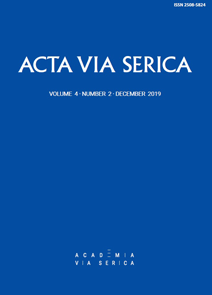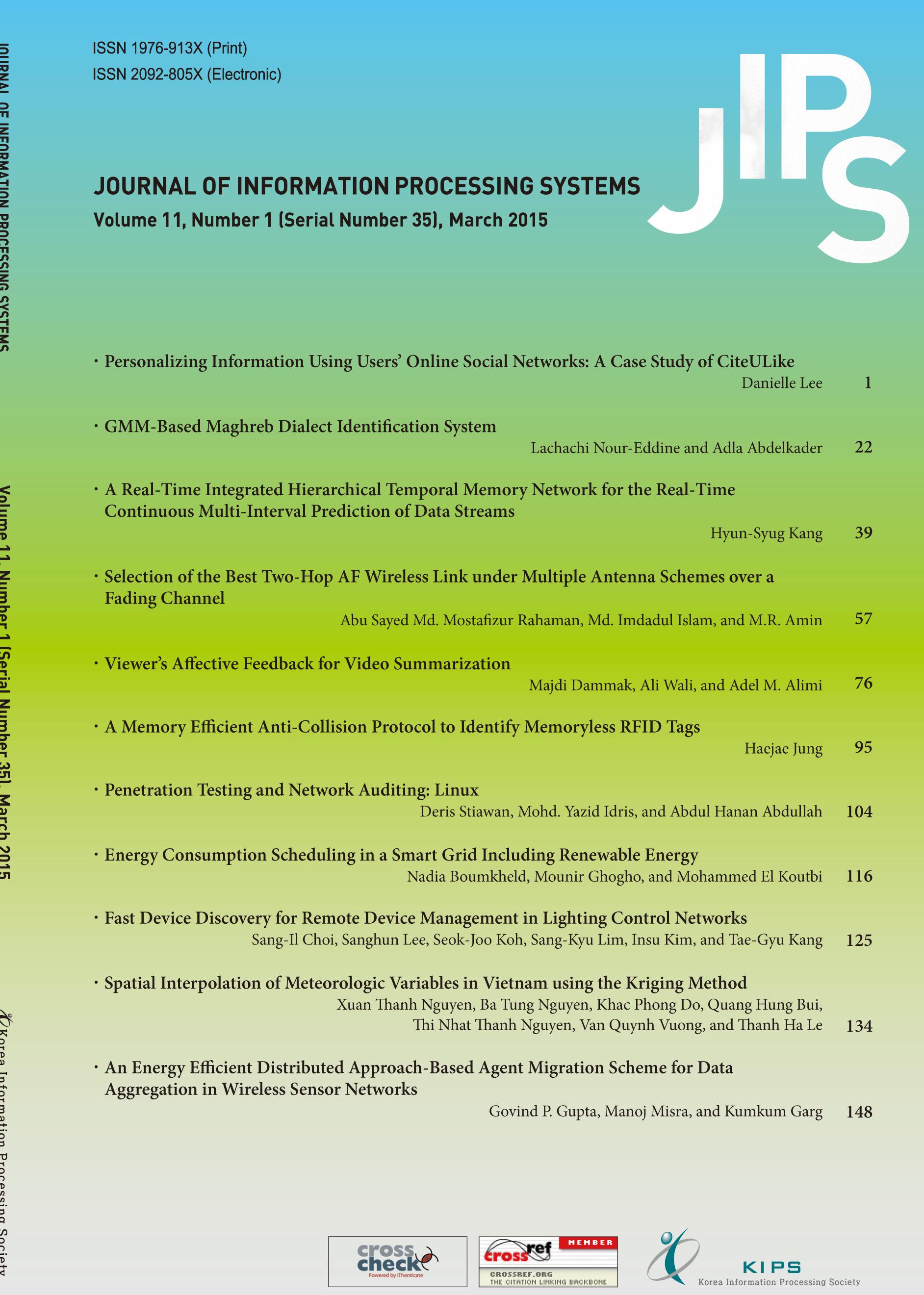Workshop on Deepfakes and Presentation Attacks in Biometrics
WACV2020-DeepPAB 2020
- URL: https://sites.google.com/view/wacv2020-deeppab/
- Event Date: 2020-03-02 ~ 2020-03-05
- Submission Date: 2019-12-15
Bioinformatics & Computational Biology
With the advent of techniques such as convolutional neural networks (CNNs) and generative adversarial networks (GANs), more sophisticated presentation attacks such as Deepfakes have emerged. Hence, it is imperative to develop effective countermeasures to address these challenges as well. The field of biometric security has attracted great attention in recent years and has heavily investigated in a number of projects including Tabula Rasa (EU project), ODIN (IARPA project) and DARPA MediFor SAVI underlining the need to solutions to defend against these attack vectors.
This workshop in WACV-2020 is being organized to reflect on these specific issues, the impact and countermeasures for biometric systems. The goal of this workshop is to bring experts from computer vision, pattern recognition and image processing fields to advance the state-of-the-art PAD solutions and Deepfake detection solutions.
Papers are invited to report on following topics, but not limited to:
Novel attack mechanisms
Novel physical attacks on biometric systems (e.g.,mask attacks).
Approaches on evaluating the human perception in detecting such attacks
Algorithmic advancements in detecting attacks
Detection and mitigation of adversarial attacks
Presentation Attack Detection (e.g., Face, Fingerprint and Iris )
Deepfake attacks on biometrics and detection methods.
Digital Manipulation
Generalizability of Presentation Attack Detection
Explainable AI in Presentation Attack
Multi-modal Presentation Attack Detection
Novel Presentation Attacks
Novel Sensor-based Solutions
Datasets and Evaluations
Social and Ethical Implications
Image Forensics
Forgery Detection
Submission Guidelines:
Papers presented at WACV workshops will be published as part of the "WACV Workshop Proceedings" and should, therefore, follow the same guideline as the main conference. Workshop papers will be included in IEEE Xplore, but will be indexed separately from the main conference papers.
For review, a complete paper should be submitted using the for_review format and the guidelines provided in the author kit. All reviews are double-blind, so please be careful not to include any identifying information including the authors’ names or affiliations.
Accepted papers will be allocated 8 pages in the proceedings. Please note that References/Bibliography at the end of the paper will NOT count toward the aforementioned page limit. That is, a paper can be up to 8 pages + the references.
The submission template can be downloaded here.
Please submit your papers under: https://cmt3.research.microsoft.com/DEEPPAB2020/














